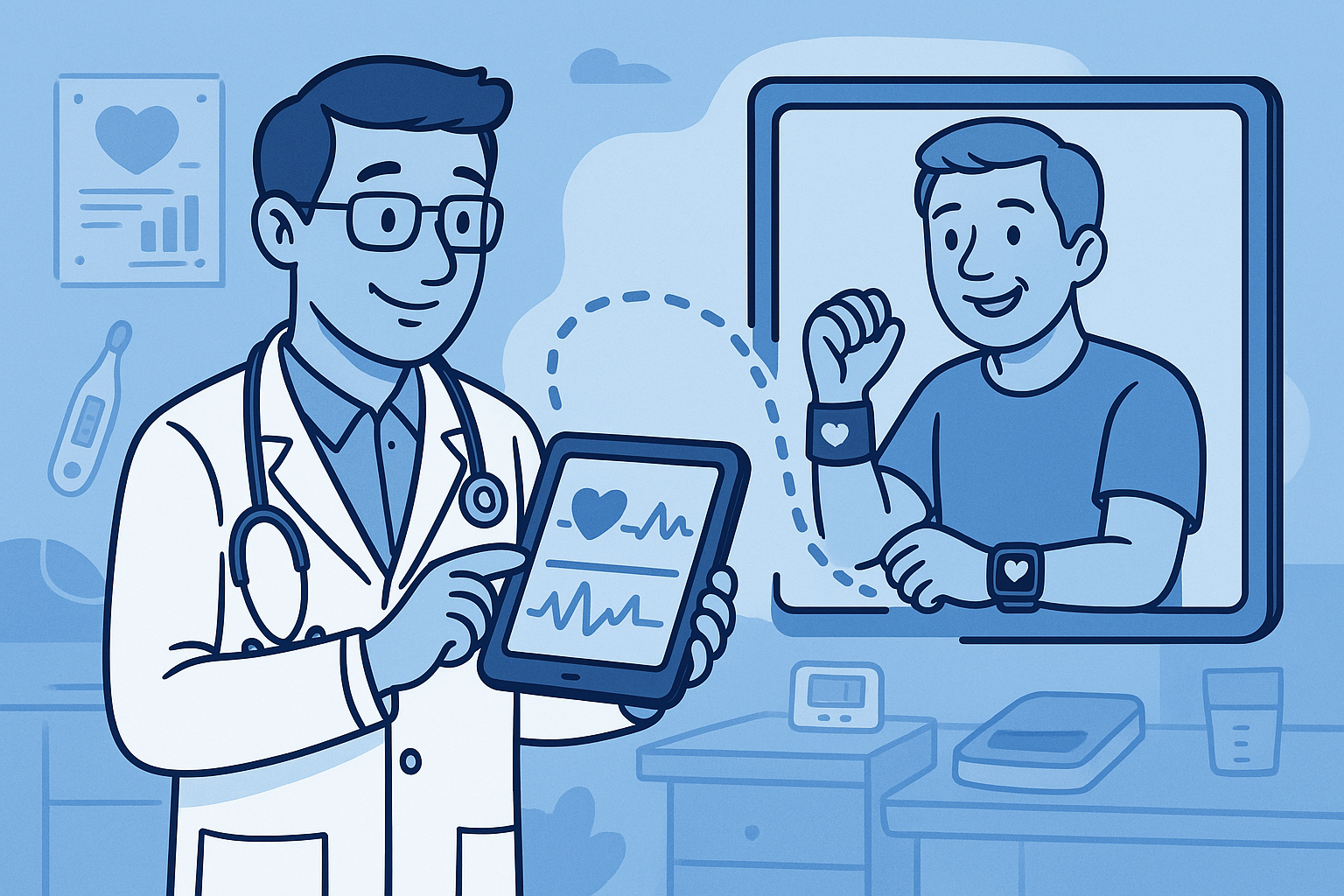Practice-level Effects of Remote Physiologic Monitoring Adoption
With Ariel D. Stern, Felippe Marcondes, and Ateev Mehrotra

Use of remote physiologic monitoring (RPM), the remote transmission of patient physiologic measures (e.g., blood pressure) to care teams, has grown rapidly. For practices, establishing an RPM program can increase revenue and improve patient care, but may also require substantial reorganization within the practice. No prior work has quantified the impact of RPM on practices. Using national Medicare claims, we identified 754 primary care practices that began billing for RPM from 2019-2021. After these practices adopted RPM, Medicare revenue increased by 20.1% relative to similar matched non-adopting practices. This was driven by RPM billing as well as more outpatient visits and care management. While adopting practices had a 3.0% increase in their number of billing providers, the increase in revenue was predominantly driven by increased activity per provider. Adoption of RPM and resulting increases in visits for patients receiving RPM did not seem to come at the expense of other patients.
